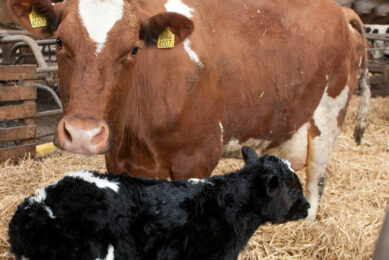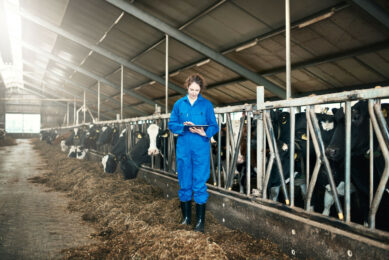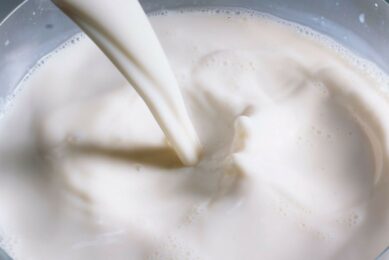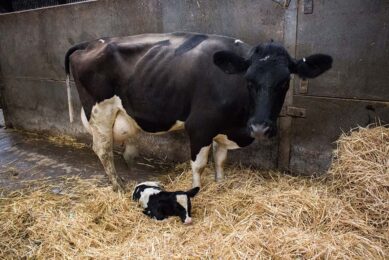Decreasing metabolic diseases for transition cows
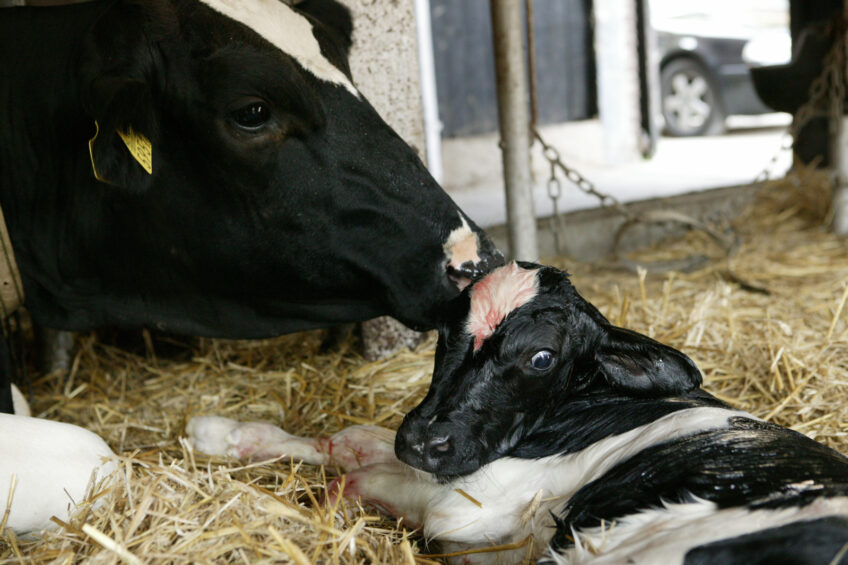
A multifactorial approach is needed overcome metabolic issues during the transition phase. Important is to aim to decrease immunosuppression, keep feed intake as high as possible and ensure a quick rumen adaptation to the lactating diet.
Ensuring a good start is the key for a successful lactation. Whatever happens during the transition period –for good and for bad- will mark the rest of the lactation; reproductive and production success and to a great extent replacement rate will depend on a successful management of this period. A sound grasp of the complex relations occurring between calving physiology, energy metabolism, nutritional factors and social stress is therefore essential. Around 75% of health problems occur during the transition period, between two weeks prepartum and four weeks postpartum, with studies showing that 25% of cows that leave the herd by death or culling do so in the first 60 days of lactation.
Negative energy
During the transition period a cow uses more energy than it receives. This negative energy balance (NEB) is caused primarily by a rise in nutrient needs coupled with an insufficient feed intake and increases susceptibility to a number of health issues negatively impacting health, reproductive success, milk production and mortality. NEB will cause an increase of circulating NEFAs (non-esterified fatty acids) and eventually ketone bodies further decreasing feed intake, affecting liver function, and impacting as well the immune system activity through different mechanisms. High levels of NEFAs have been correlated with increased levels of metritis and retained placentas, among other conditions.
Figure 1 – Post-calving events.

Hypocalcemia
Another metabolic condition without a direct relation to NEB, but that occurs at the same time in the transition period is hypocalcemia. According to some studies subclinical hypocalcemia may affect more than 25% of cows at first parity, and more than 50% of older cows. Hypocalcemia, apart from eventually causing a clinical condition, decreases feed intake and also affects the immune system. Calcium is an important signaling molecule for the system and through the increase of cortisol blood levels. Cortisol, also known as the stress hormone, is a powerful inhibitor of the immune system affecting phagocytosis and the expression of adhesion molecules and decreasing the marginal neutrophil pool and antibodies production. NEB and hypocalcemia are couple in time with strong physiological immunosuppression related to the calving process and increases the chances of different infectious diseases such as uterine infections. The normal calving process is driven by hormonal changes that lead to an increase of cortisol and estrogen levels that affect mainly cell-mediated immunity.
Stress factors
Furthermore, cows are subject to a vast array of stress factors that aggravate both immunosuppression and energy balance. The most important stresses are nutritional due to lack of adaptation to the new diet and social, as cows are moved to the lactating group.
Adaptation nutritional stress is usually due to quick changes in the diet. Rumen mucosa and flora do not have time to adapt to the increase of nonstructural carbohydrates (NSC) typical of the change from dry cows diets to lactating diets, causing digestive disturbances, erratic feeding patterns and increase of production of endotoxins (lipopolysaccharides, or LPS) due to the lysis of Gram-negative bacteria in the rumen. Endotoxins, in their turn, further disrupt normal digestive function (ruminal atony, anorexia, displaced abomasum and others) and will bring along systemic effects through a cascade of events including increase of inflammation mediators and liver stress. Nutritional stress may or may be not exacerbated by mineral or vitamin deficiencies. These deficiencies are important as they affect normal immune system function. This especially holds true when the cow is simultaneously fighting other possible infections; situations that increase the requirements of antioxidant agents. Some of the micronutrients that influence immune response include: vitamin A and β-carotene, selenium and vitamin E, chromium, copper, zinc, manganese and cobalt.
Cows are very social animals with a tight hierarchy and when a new cow is moved into a group she will likely suffer high stress levels. Social stress tends to be underestimated in its effects, but undoubtedly plays an important role in the fresh period. Even dominant animals will likely suffer decreased feed intake already before calving. Once moved to the lactating group, they will have higher cortisol levels. Social stress will therefore add to the NEB process and to the immunosuppression typical of this period.
Consequences
The effects of these combined events and conditions are serious. It has been demonstrated the correlation of increased NEFAs to ketosis and other conditions such as dystocia, retained placenta, displaced abomasum or mastitis, while hypocalcemia correlates to reduction of feed intake and increased risk of ketosis, dystocia, uterine prolapse, retained fetal membranes and mastitis.
Obviously all this has a direct and very negative effect on fertility and milk production. Focusing on NEB, some research has concluded that conception rate decreases about 10% per 1/2 unit BCS (body condition score) loss, while in the case of ketosis different studies have consistently reported lower milk productions with the severity of milk loss depending on the magnitude of the ketosis, with one study reporting a loss of 1.2 kg/day milk production loss for the first 120 days of lactation with increased NEFAs.
Tackling the problem
With so many factors involved it goes without saying that a multifactorial approach is needed, with the main aims of decreasing immunosuppression, keeping a feed intake as high as possible and ensuring a quick rumen adaptation to the lactating diet.
Properly kept records should be the starting point to define an adequate and tailor made strategy. A close integration among management and nutrition will be essential to ensure success.
9 tips to overcome metabolic issues during the transition phase

References available from the author upon request
Join 13,000+ subscribers
Subscribe to our newsletter to stay updated about all the need-to-know content in the dairy sector, two times a week.



